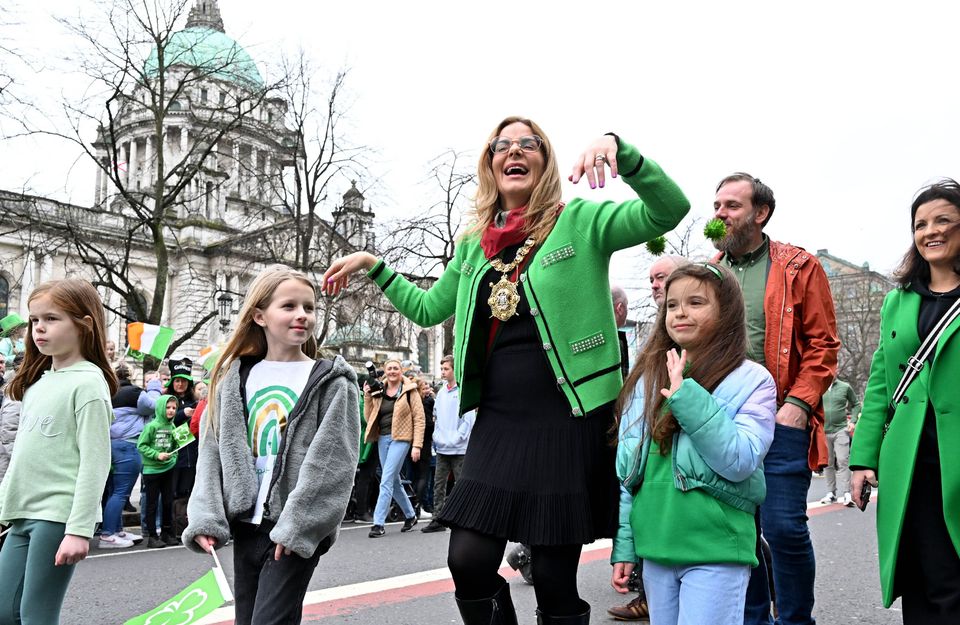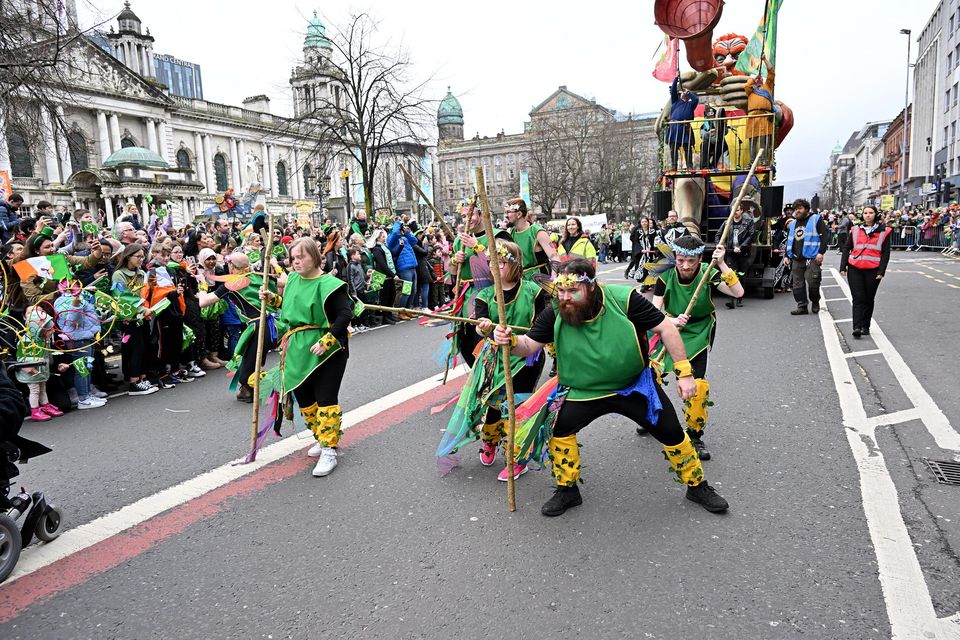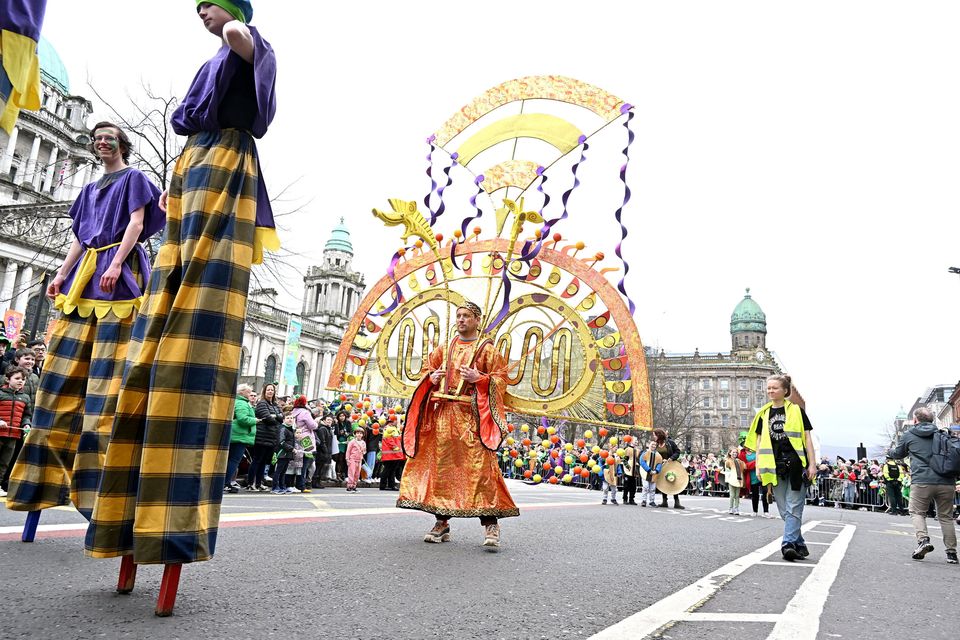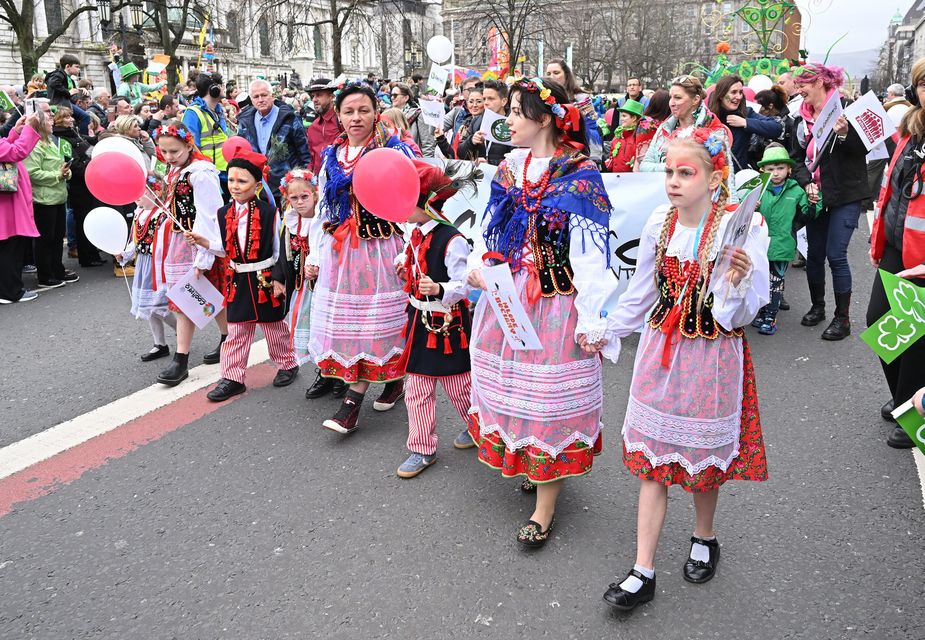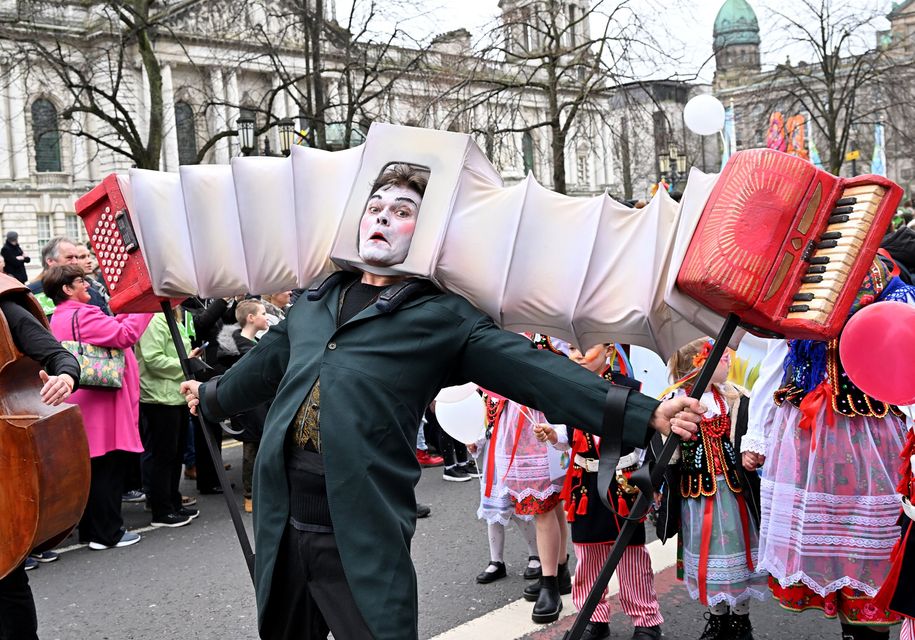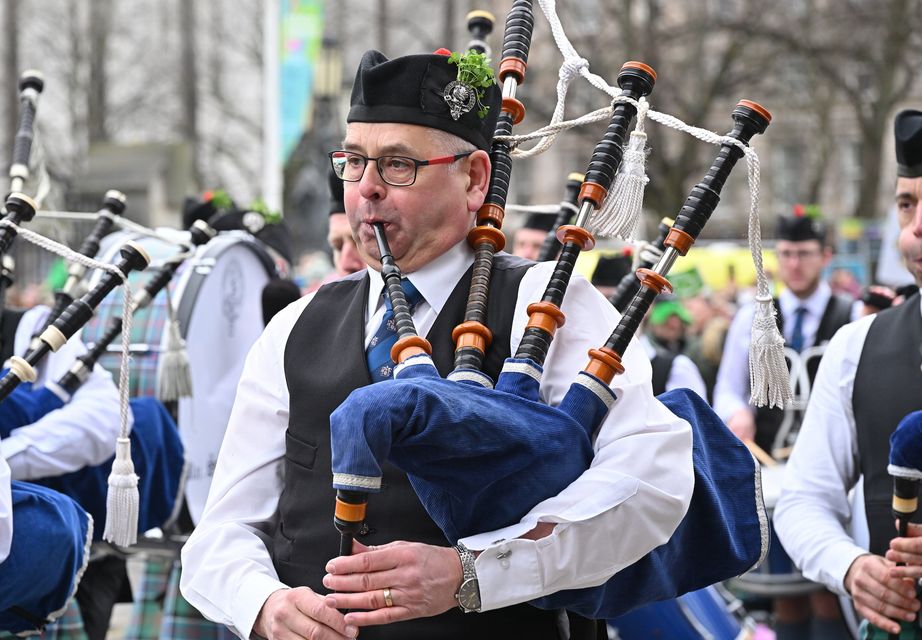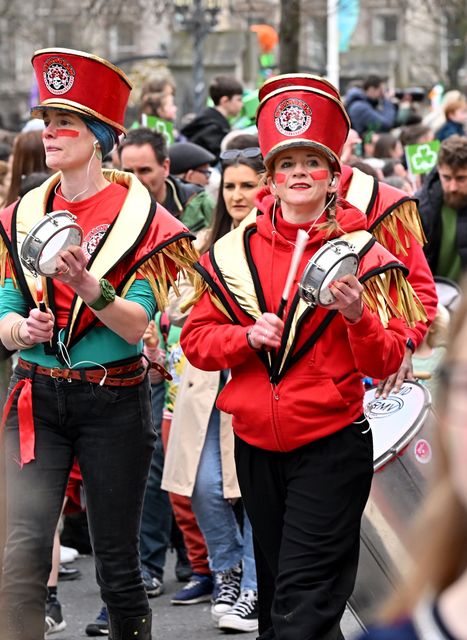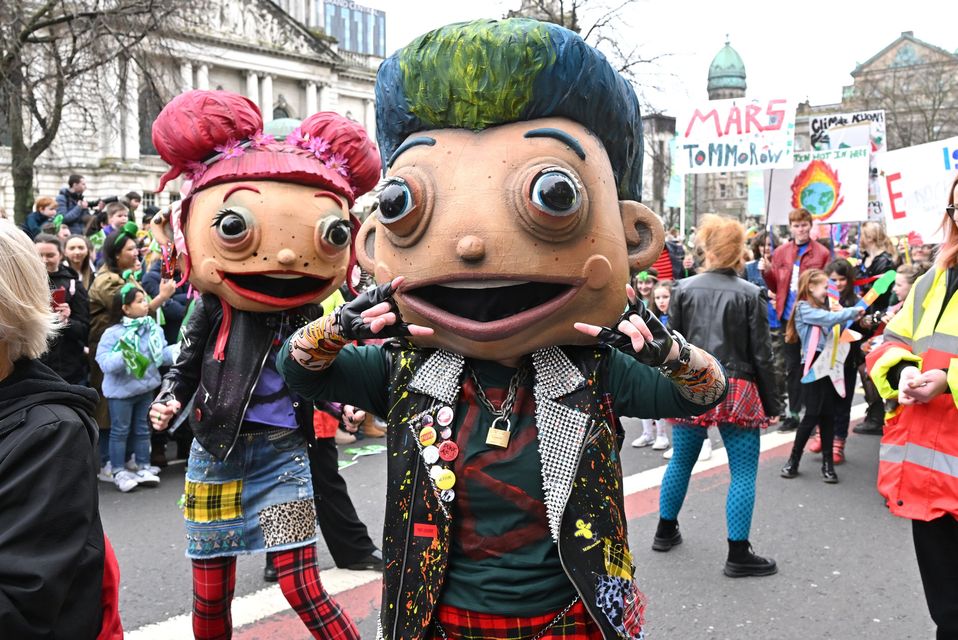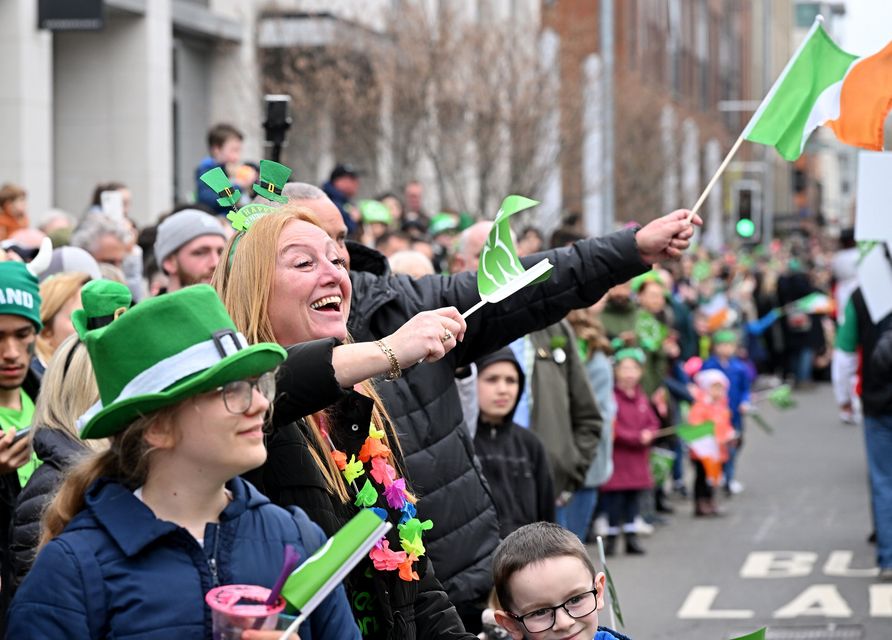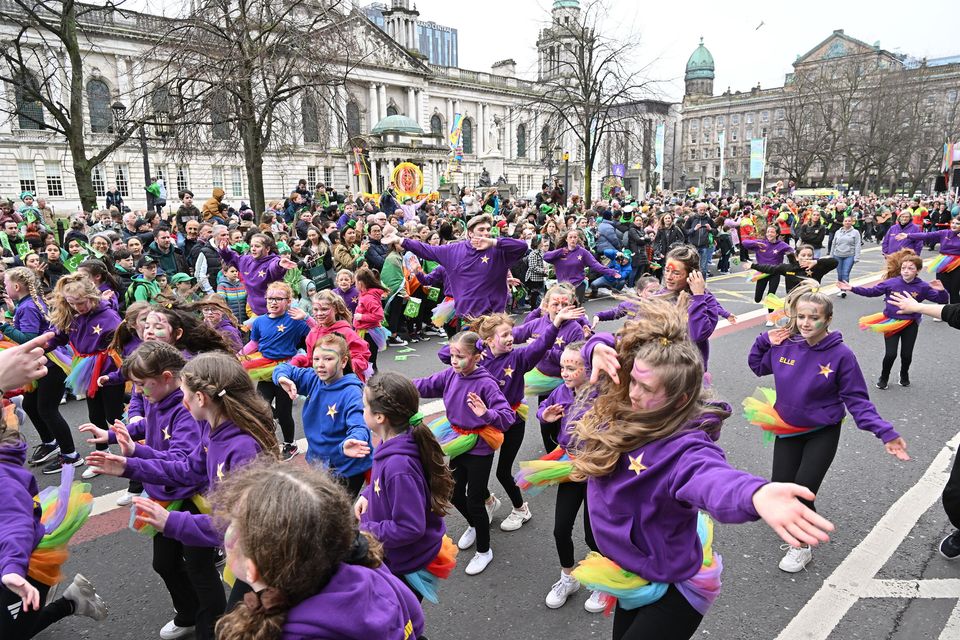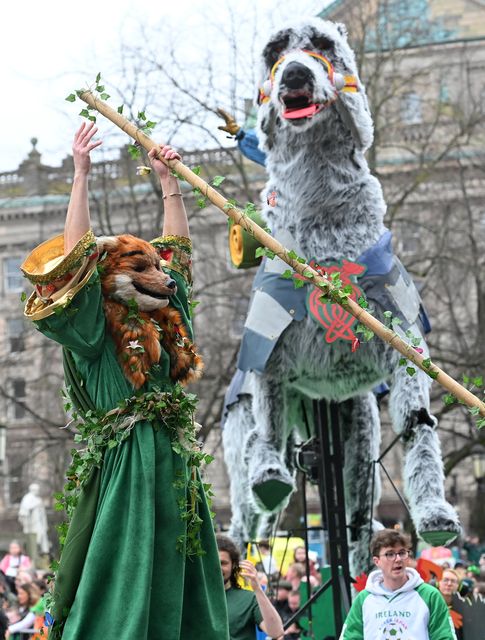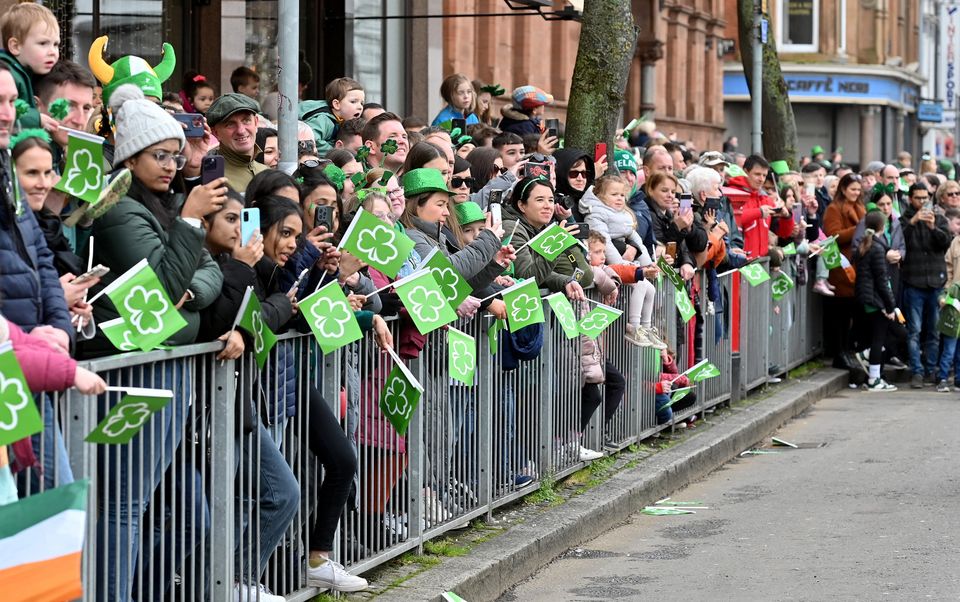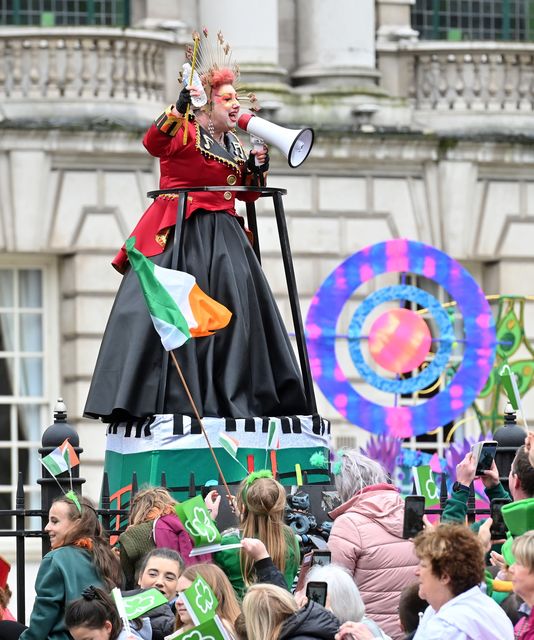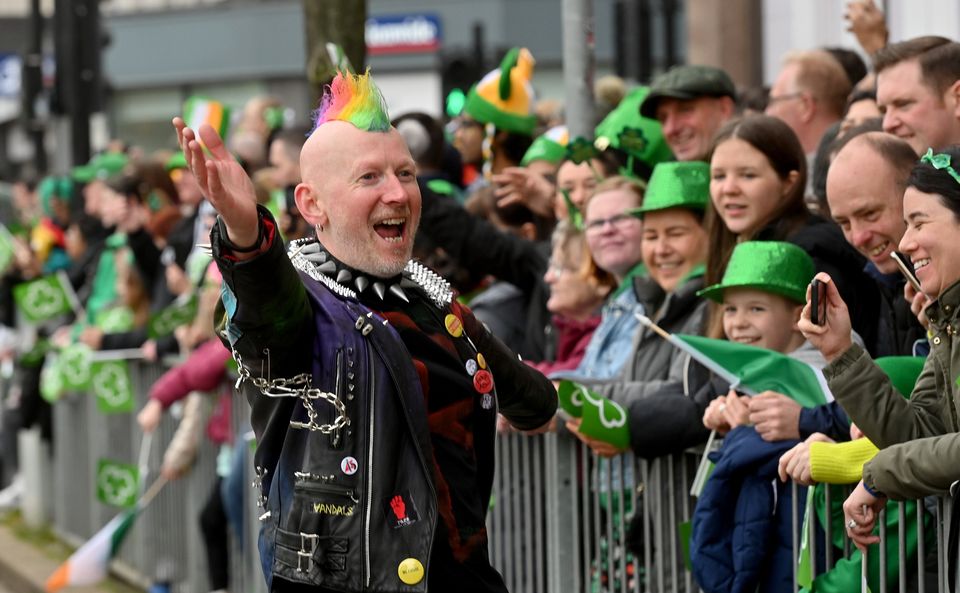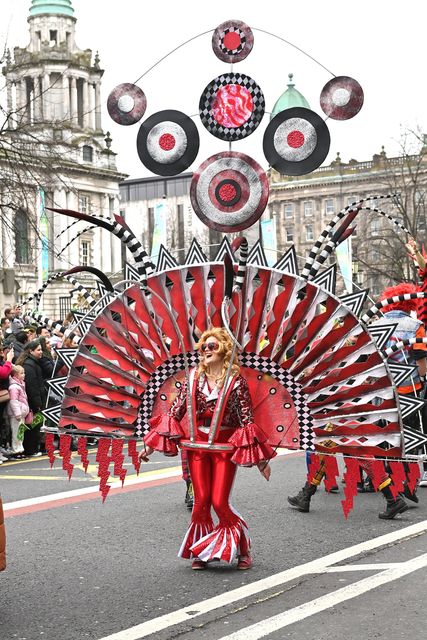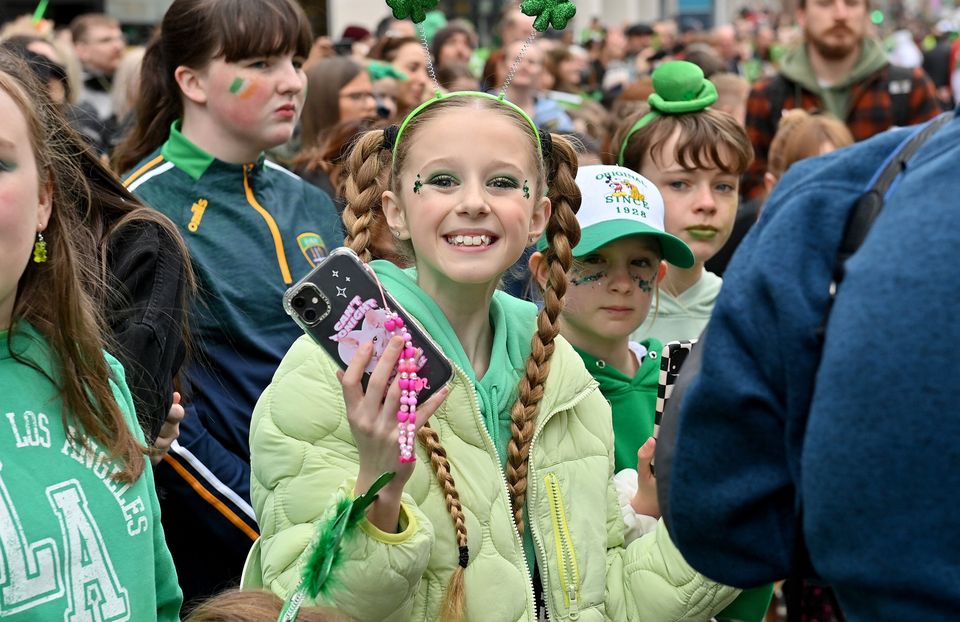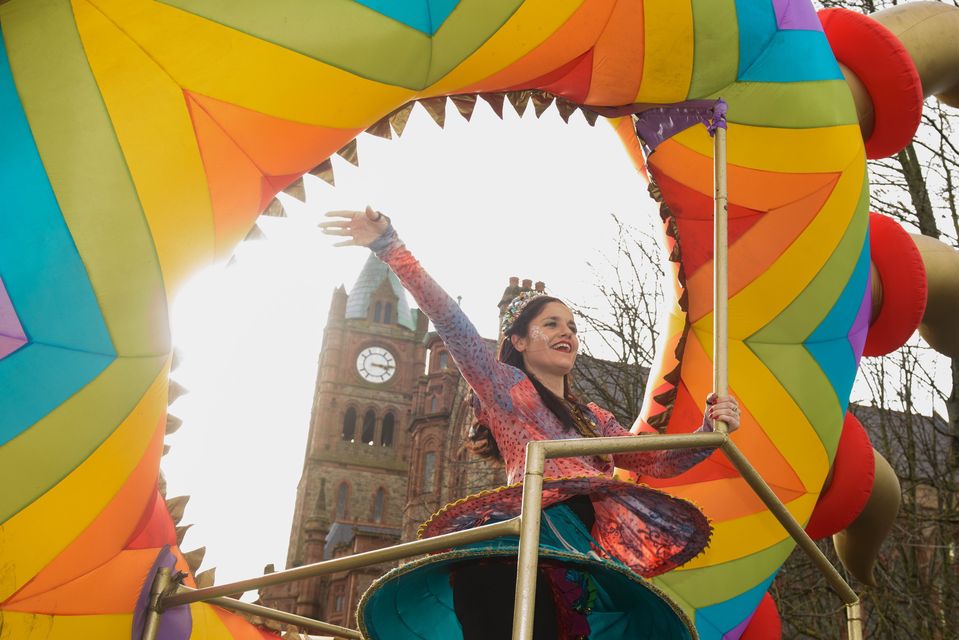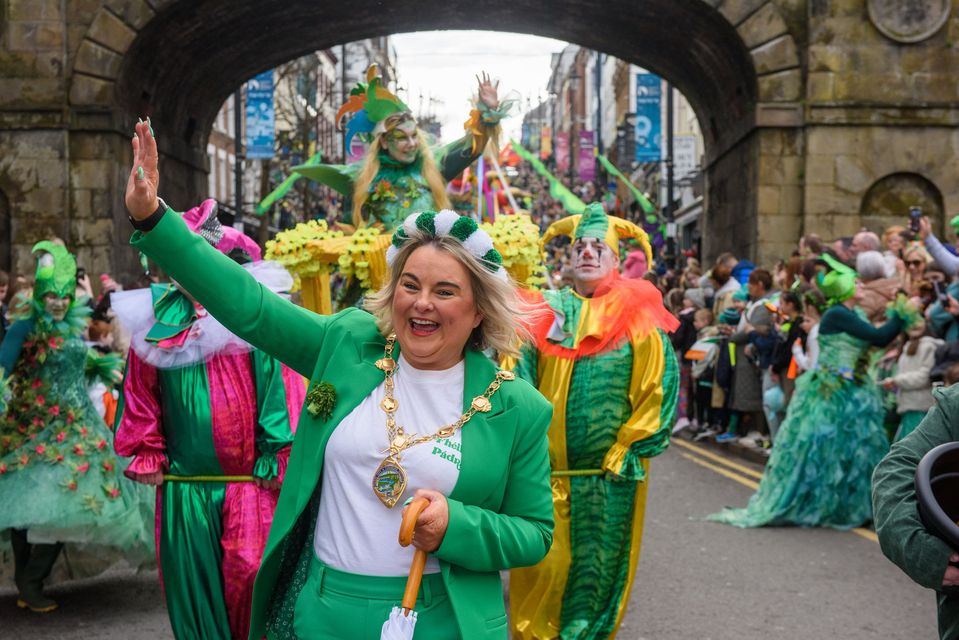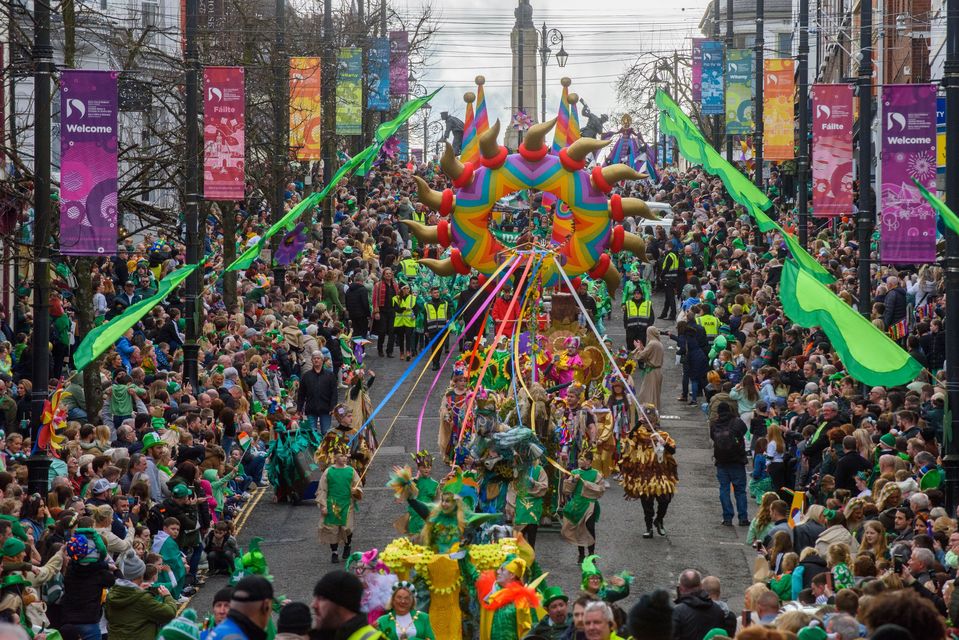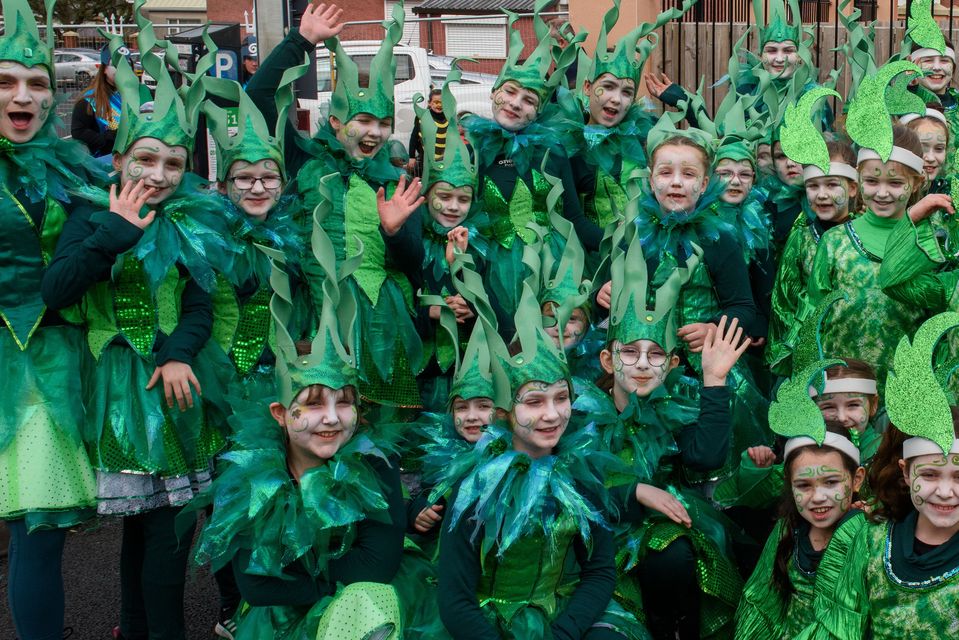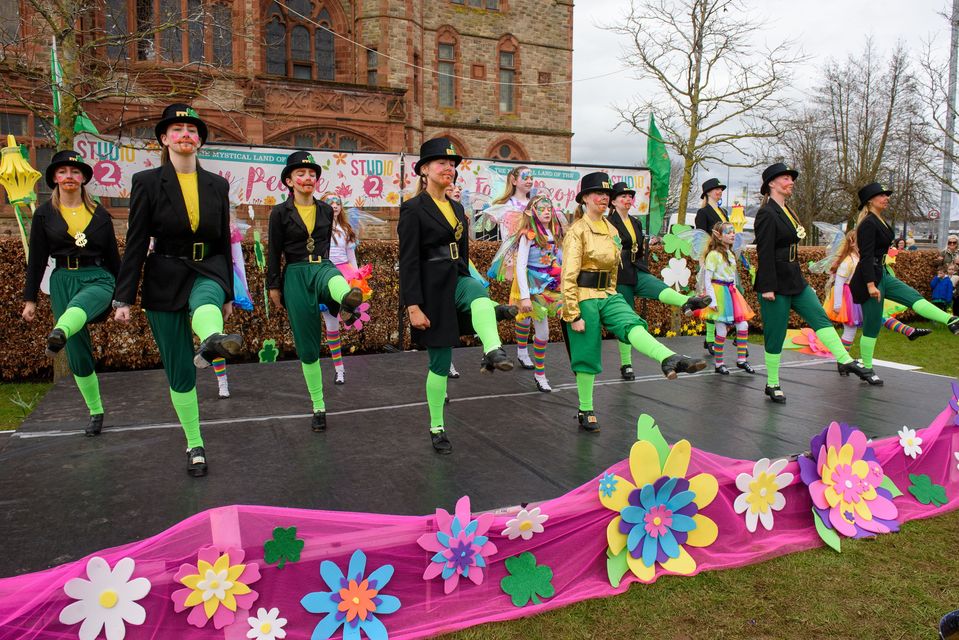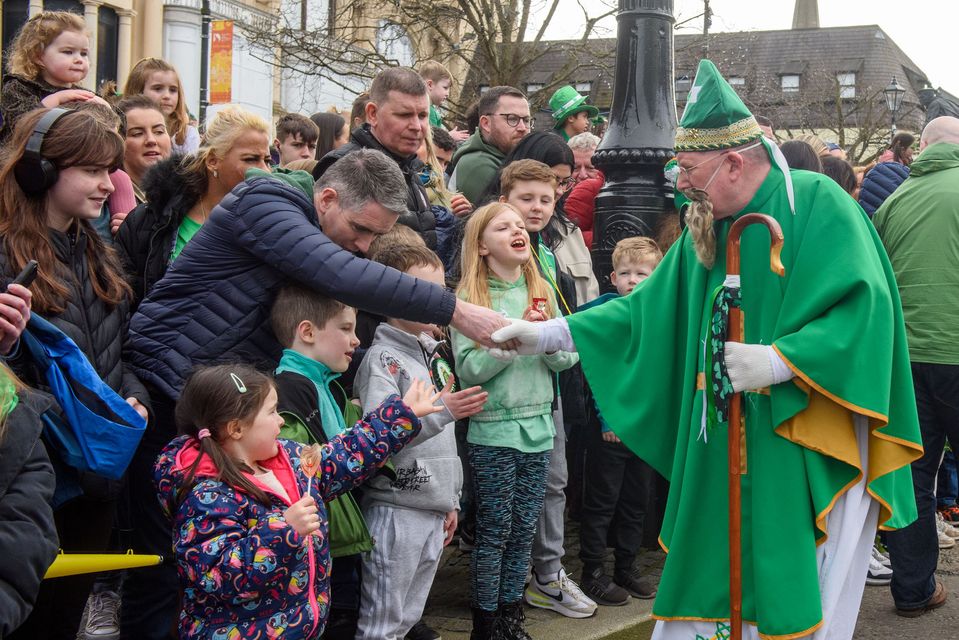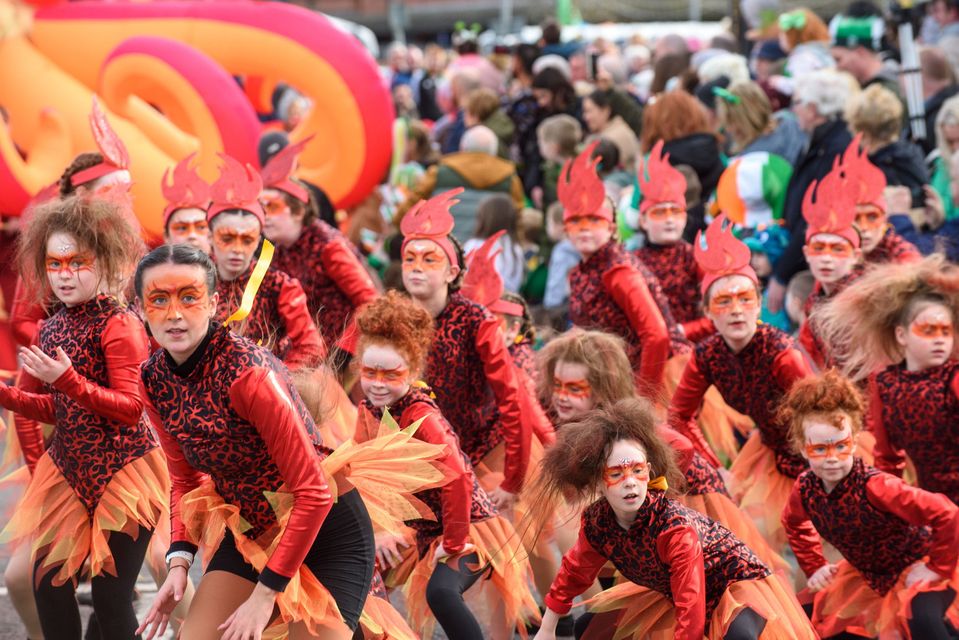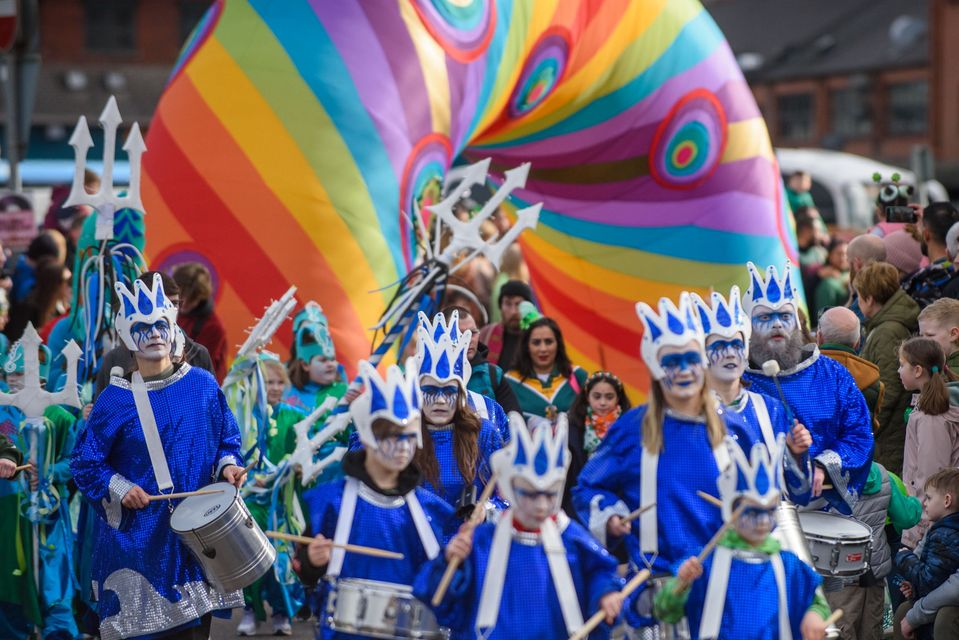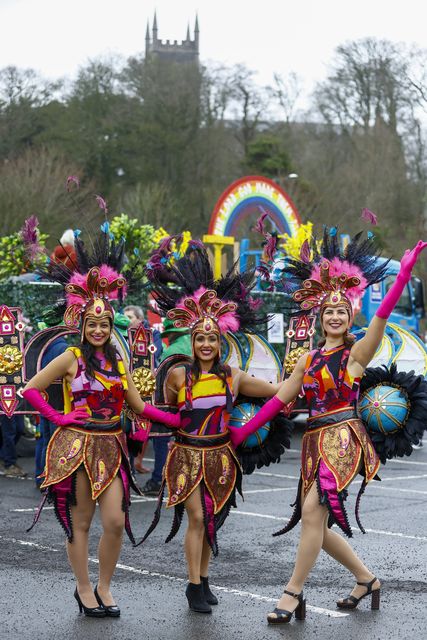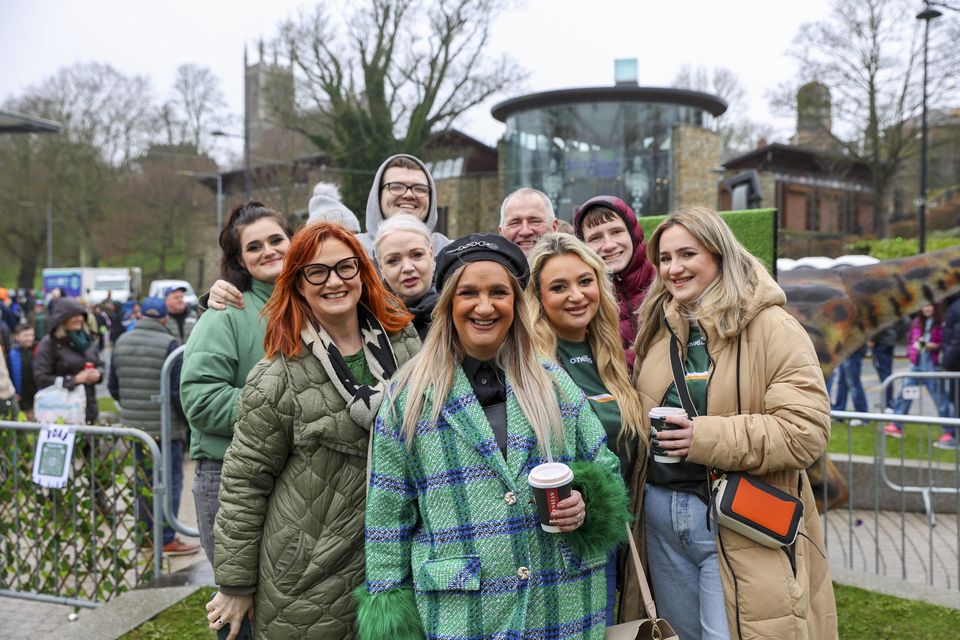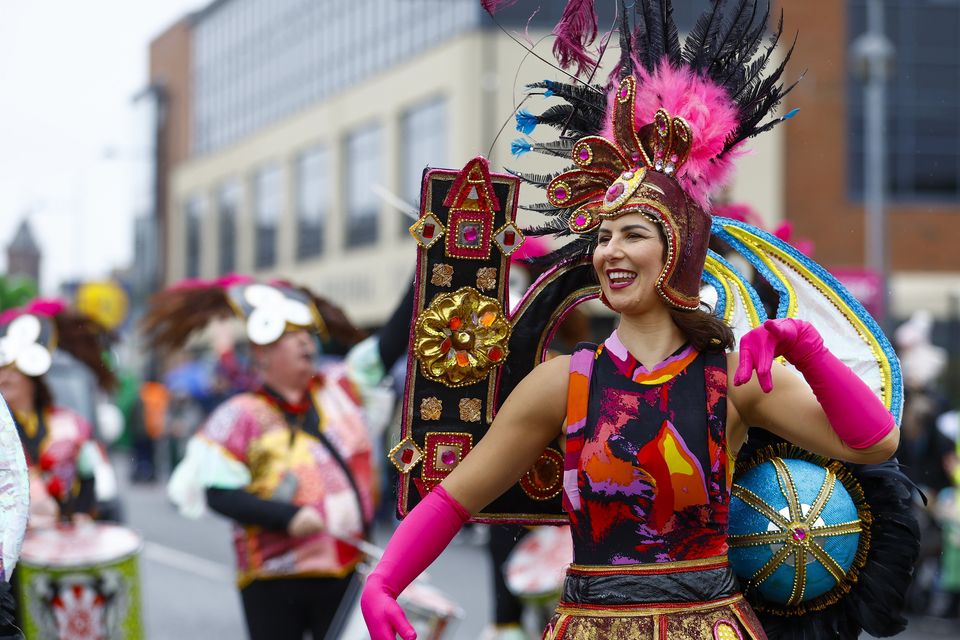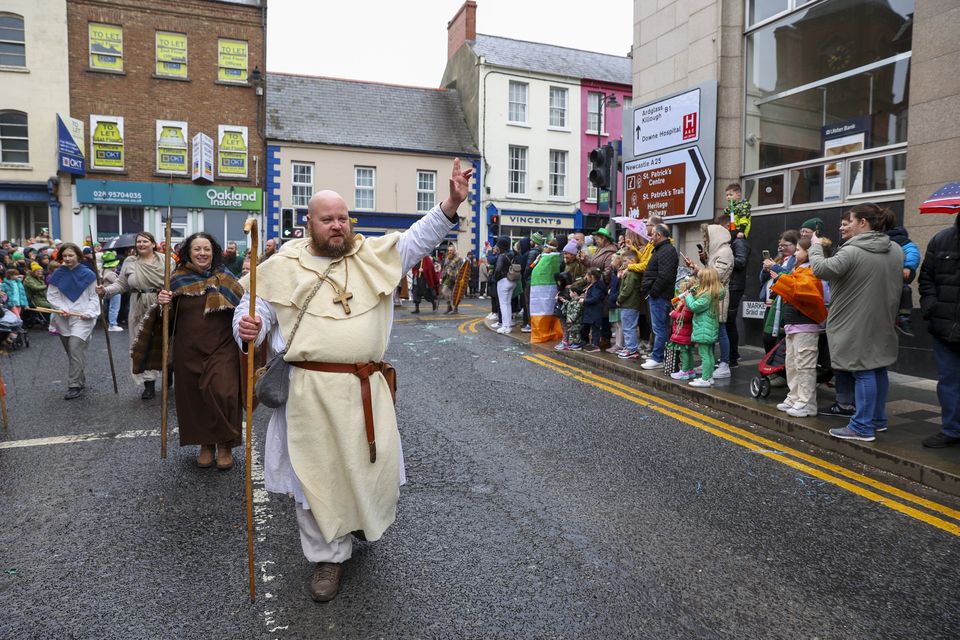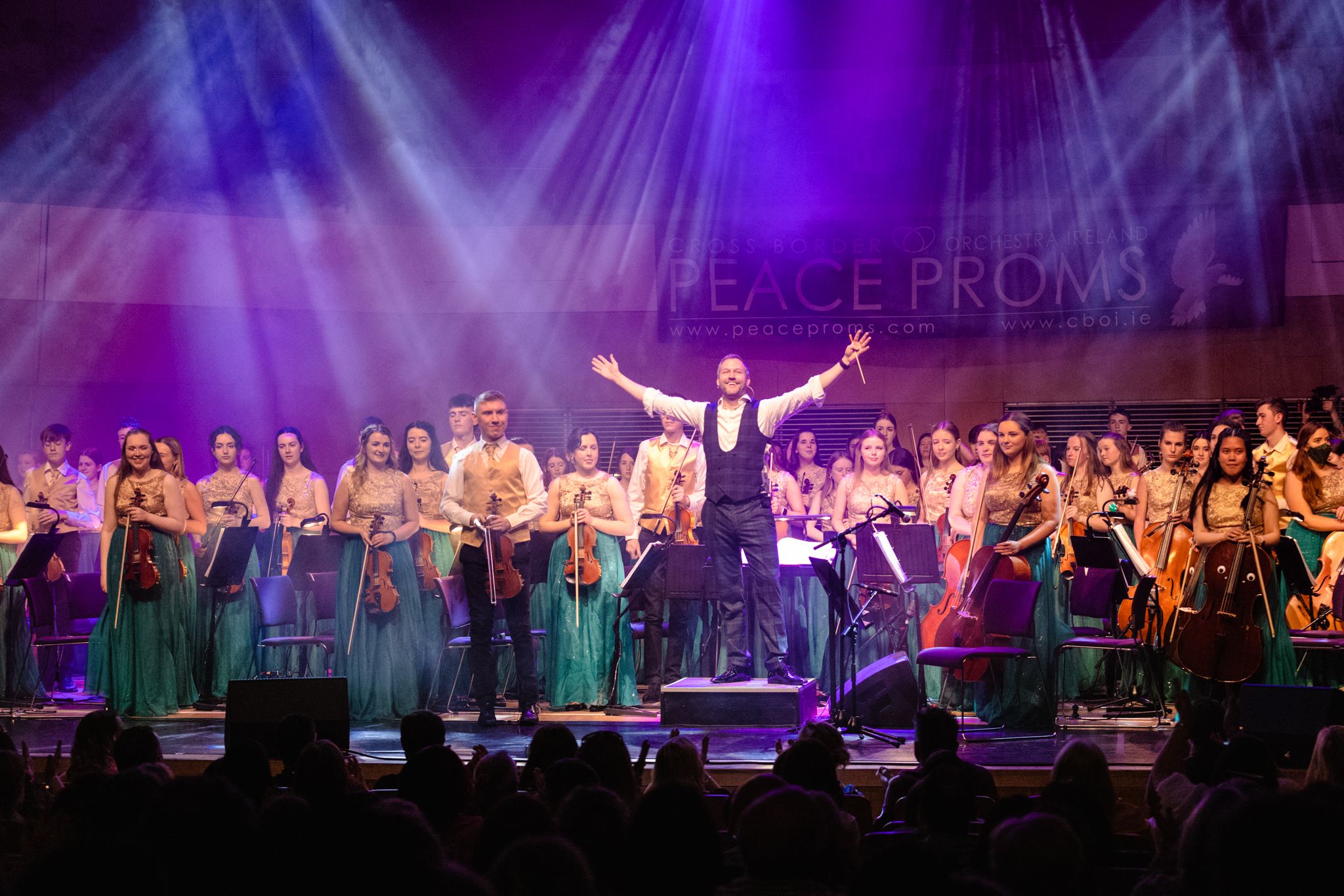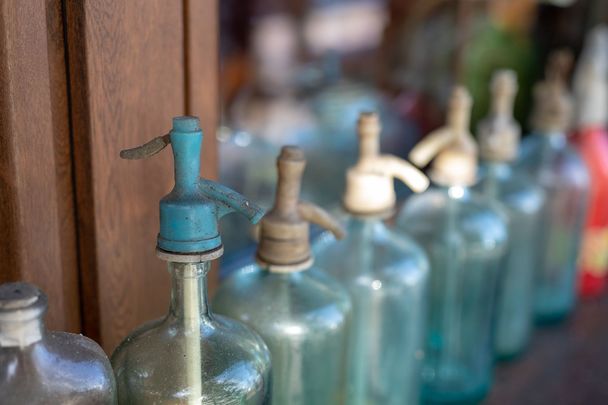Once Again The Torch is Passed
Posted by Jim on March 25, 2023
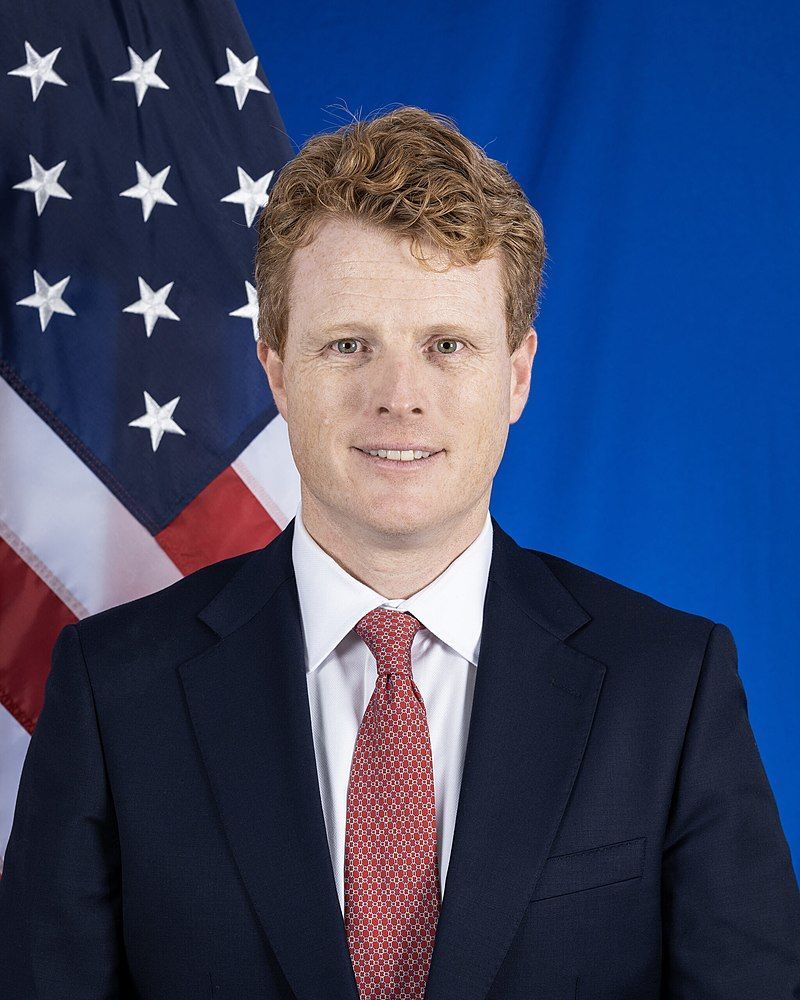
U.S. Special Envoy Joseph Kennedy III
Opinion March 20, 2023 by By James Brosnahan and Dan VanDeMortel
There is a new Kennedy associated with Irish affairs. With a nod to the past and a move toward the future, President Joe Biden recently selected 42-year-old Joseph Kennedy III as the latest Special Envoy to Northern Ireland.
Who is this newest Kennedy? What does he confront in his new role?
This generational passing of the family torch could impact the province’s future – and his own.
Kennedy is the grandson of Senator and Attorney General Robert Kennedy, assassinated while running for president in 1968. His great-uncle, SenatorTed Kennedy, played a crucial role leading to the 1998 Good Friday Agreement (GFA), including supporting the 1985 Anglo-Irish Agreement (which provided an advisory role for the Republic’s government in Northern Ireland’s government).
His great-aunt, Jean Kennedy Smith, U.S. ambassador to Ireland in the 1990s, was likewise an influential peace process player. And his father, Rep. Joe Kennedy II, contributed to congressional monitoring of Northern Ireland’s political and economic progress.
Kennedy was born in Brighton, Massachusetts, and attended the elite Buckingham Browne and Nichols School. He and his fraternal twin, Matt, majored in management science and engineering at Stanford University, where he graduated in 2003. His lacrosse teammates and friends at Stanford remember him as the “Milkman”: a teetotaler who opted for milk. After graduation, Kennedy spent two years in the Dominican Republic working for the Peace Corps, a service created by his great-uncle, President John Kennedy.
Kennedy subsequently attended Harvard Law School, where he met his future wife, Lauren Anne Birchfield, this while they studied under Professor Elizabeth Warren. He worked on the Legal Aid Bureau and the Harvard Human Rights Journal and started an after-school program for at-risk youth in Boston. Upon graduation, he became assistant district attorney in Middlesex County.
When Democratic Rep. Barney Frank retired in 2012, Kennedy moved to Brookline to run for the open seat. He campaigned on economic fairness, advocating for equal opportunity for education and jobs. With Matt as his confidant, and his grandmother, Ethel Kennedy, campaigning on his behalf, Kennedy easily won the seat.
In Congress, Kennedy supported improved education and job training. As a member of the Energy and Commerce Committee, he emphasized tackling drug abuse and reducing energy prices. His voting record was solidly liberal but bipartisan on issues such as opioid addiction prevention, access to mental health services for children, and consumers’ access to hearing aids.
Kennedy was active and bipartisan on Irish-related issues, too. He co-sponsored House resolutions supporting Ireland’s presidency of the Council of the European Union, creation of a National Museum of Irish American History, and the GFA, and also one that opposed a Brexit-induced hard border between the Irish Republic and Northern Ireland. He co-signed various Congressional letters to President Trump, Homeland Security, UK Prime Ministers, and others requesting a Brexit strategy that would not compromise the GFA, appointment of a special envoy, an independent public inquiry into state collusion regarding the murder of human rights attorney Patrick Finucane, and suspension of deportation efforts against Malachy McAllister. And he regularly attended the annual St. Patrick’s Day Friends of Ireland luncheon, hosted by the House speaker, where he met the Taoiseach and other Irish officials.
Kennedy consistently championed the underdog. He marched in Boston’s Gay Pride parade and was critical of President Trump’ immigration policies on the southern border, often comparing it to the challenges his Irish ancestors faced. He called for “moral capitalism,” vigorously opposing efforts to repeal the Affordable Care Act.
When picked in 2018 to respond to Trump’s State of the Union message on national television, Kennedy received favorable reviews. His rapid political ascent led him a year later to challenge Massachusetts’s junior Senator, Ed Markey, in the Democratic primary. Early polls showed a promising double-digit lead, but Markey unexpectedly triumphed. Ignominiously, Kennedy was cast adrift as the first family member to lose a Massachusetts election.
Until, that is, Biden, offered a lifeline. Kennedy now finds himself simultaneously poised with potential political resuscitation and a chance to help solve problems bedeviling Northern Ireland. According to U.S. Secretary of State Anthony J. Blinken, Kennedy’s focus will be confined to “advancing economic development and investment opportunities” to benefit all communities and strengthen U.S.-Northern Ireland ties.
Will Kennedy’s responsibilities be that narrow? Similar limits were initially placed upon former special envoy George Mitchell and others, whose boundaries eventually expanded upon earning cross-community trust that contributed to, and subsequently nurtured, the Good Friday Agreement.
Indeed, winning hearts and minds, or at least begrudging acceptance, of all sides is the first hurdle Kennedy will have to clear to succeed. Biden is certainly a fan of his family: Caroline Kennedy (President John F. Kennedy’s daughter) and Victoria Kennedy (Ted Kennedy’s widow) serve as ambassadors to Australia and Austria, respectively. So Kennedy will assuredly have the President’s ear.
And his selection was welcomed by Irish and republican and nationalist officials in Northern Ireland and the Republic. But receiving the British government’s respect will be trickier, particularly in the wake of President Biden’s repeated warnings to three consecutive prime ministers to not undermine the peace accords. British public expressions of respect and appreciation could easily be counteracted by annoyed perceptions of Biden and Kennedy as interlopers improperly meddling in UK affairs.
As for Northern Ireland unionists/loyalists, they are historically, sometimes justifiably, nervous when U.S. officials become directly involved in their affairs.
This is especially true now given their lingering feeling of neglect stemming from a lack of consultation regarding a Northern Ireland Protocol-induced border in the Irish Sea, seen by many as British government duplicity. “We seem to be getting one of these classic Irish-American envoys who has no idea what we’re about—that we’re British, not Irish,” one unionist told Politico. Similar comments confirm Kennedy will face a formidable task overcoming his diplomatic inexperience and name to win respect from all sides.
Then there is the problem of violence. The annual marching season, old grudges from the violent days of the Troubles, and the New IRA (a small group of approximately 200 members) remain threats. Stability is always threatened behind the curtain of Irish history as sectarian strife stubbornly pokes at the peace gained with the support of the U.S. government and Irish America.
Kennedy will have to master the newly-minted “Windsor Framework” Protocol trade agreement between the UK and the European Union, which Biden hailed as an essential step to ensuring that the GFA’s hard-earned peace and progress is preserved and strengthened.
How will this agreement be monitored and enforced going forward? The province has had no functioning assembly since February 2022, when the Democratic Unionist Party resigned over Protocol-related issues, compounded three months later when Sinn Fein was voted the province’s largest party.
The human rights situation is also precarious given the British government’s pending Legacy Bill, which would provide immunity for people accused of Troubles-related offenses if they cooperate with a new truth recovery body, and would halt future civil cases and inquests linked to killings during the conflict.
“I don’t know how you encourage people to invest in Northern Ireland unless and until you have a few things solved—the restoration of the assembly, the Protocol, and the paramilitaries,” a former special envoy recently told the Financial Times.
Lastly, will there be reunification of the Republic and the North? Economics may propel it. For instance, Northern farmers are used to selling their products in the South as part of the European community.
Neither they nor other citizens North and South wish to or should be expected to endure Brexit-induced economic inefficiencies. And, this year, shifting population numbers will yield the disappearance of a cultural Protestant majority in Northern Ireland among voters in all age groups.
Consequently, a 2030 united Ireland poll is possible, and planning is needed now. As University of Pennsylvania Professor Brendan O’Leary convincingly blueprints in “Making Sense of a United Ireland,” “this fact-to-be requires preparation, not premature exultation, and certainly not lazy deferral of its predictable consequences.”
The dagger of problems hangs over Northern Ireland as it has for centuries. Americans and Kennedy can play a constructive role by listening to all who desire peace.
His success depends upon how effectively he engages with both sides of the political divide: not just politicians, but farmers, tradespeople, tech workers, NGOs, and church and community leaders. The Kennedys of yore have a storied history of empathizing with, and assisting, citizens of all stripes: a history Joe Kennedy III would do well to emulate.
Coverage of Kennedy consistently describes him as reliable, personable, and thoughtful, someone who feels moral outrage about injustice.
His envoy role will test these personality traits. President Biden and other dignitaries are expected to visit Northern Ireland in April to celebrate the GFA’s 25th anniversary. How many old problems and new ones will confront them?
Perhaps this generation’s Kennedy can help achieve positive outcomes – for Ireland and himself.
James Brosnahan and Dan VanDeMortel have, over the years, published Northern Ireland Presidential and Congressional scorecards, frequently visited Ireland and Northern Ireland, and have written about Irish political and legal affairs. Brosnahan’s to-be-published 2023 memoir will cover, in part, his investigation of the murders of lawyers Rosemary Nelson and Patrick Finucane.

